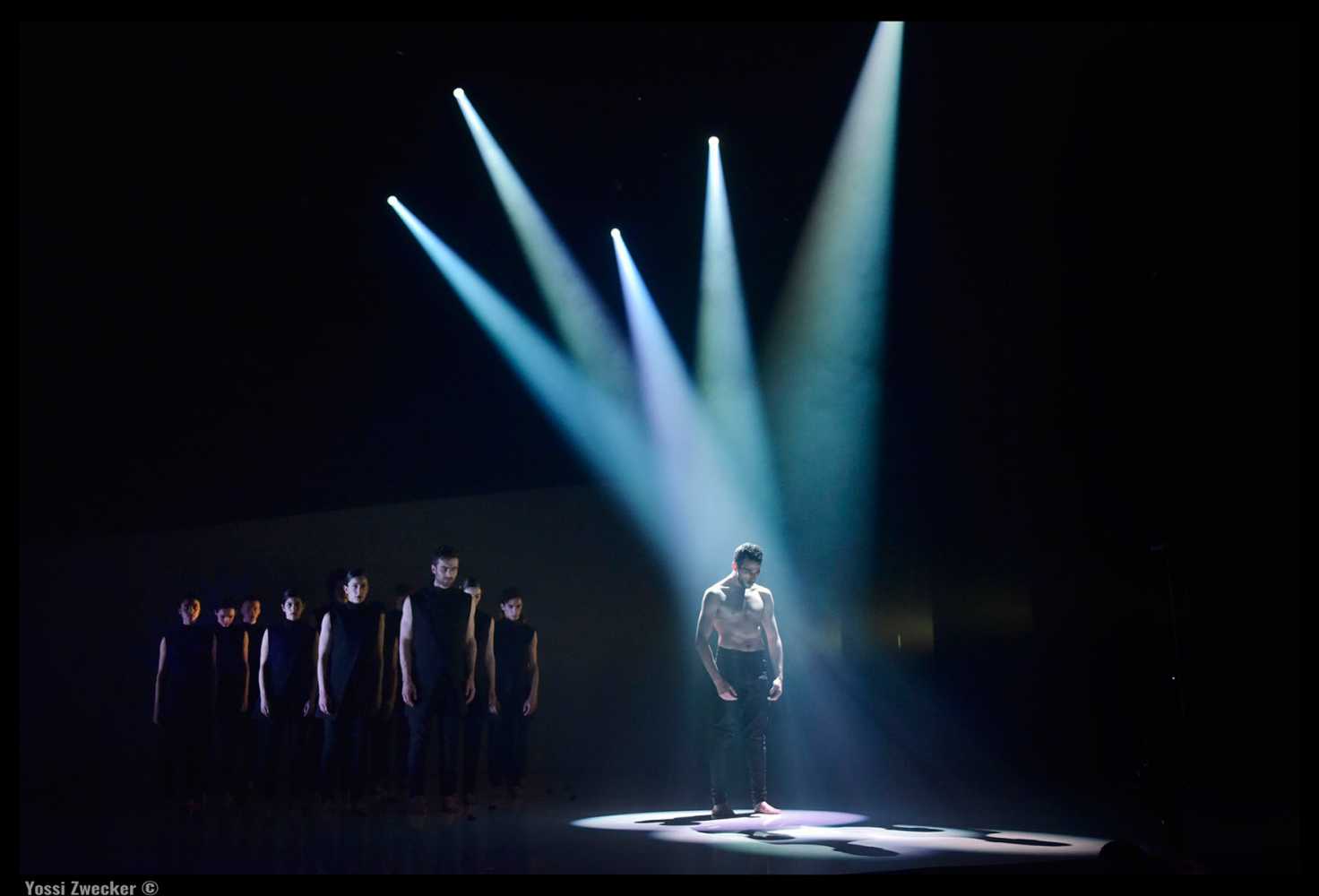Robe has the Passion
- Details

Lighting designer Yaron Abulafia was asked to add his magic and imagination to the intense performance. He is working for the first time with Ginz, one of the most important chorographers in Israel, who heard about Yaron’s fresh, innovative approach to lighting which brings a unique layer of kinetic sculpting to the artform.
Yaron, already familiar with the music - a complex and ambitious musical construction that typically involves two choirs and at least one orchestra - listened to the visions of Ginz and creative director Wolfgang Kläsener from Wuppertal Opera House, and decided to specify six Robe DL4S Spots as the only moving lights.
He knew that he needed to evoke a wide range of moods, and that pastel colours as well as stark whites would be essential to capture the ambience of the piece together with some much richer hues.
Having worked with Robe’s theatre-optimised DL series in the past he thought this would be the ideal choice, “for the quality of the optics, knowing the capabilities, the reliability and the fact that they are extremely quiet running,” he commented. Quiet running was very important due to the baroque musical style played by the 30-orchestra members and 70 singers in the chorus.
He also needed to specify lights that could be sourced in Israel for the shows scheduled in the autumn.
The brief was to take this classic tale of trust and betrayal and, retaining all the character of the story, stage it in a contemporary context, highlighting similarities with some current world events and issues.
Working with a raw, minimal set meticulously designed by Adam Keller, which is a bare stage apart from a shroud, “the rest of the drama is impressively created by light and body” observes critic Monika Klein.
Yaron filled the overhead space with 20 dimmable fluorescent tubes of different lengths suspended on catenary wires which were used extensively with the DL4Ss, proving a great combination due to the powerful yet malleable quality of the DL4S output.
They allowed him to produce a selection of off-beat colours - browns, pinks, salmons - to represent physical and visceral elements like wood splinters and blood drops. He animated some stark looks with dimmer effects so they represented scratching or glowing which could then be softened and changed by applying frosts and diffusion.
In addition to these and the fluorescents, he used around 90 conventional, primarily 2K and 5K fresnels to light the piece.
Orchestra l’arte del mondo were conducted by Werner Ehrhardt and the Kantorei Barmen-Gemarke choir by Wolfgang Kläsener, with costumes designed by Limor Hershko Dror.
(Jim Evans)












